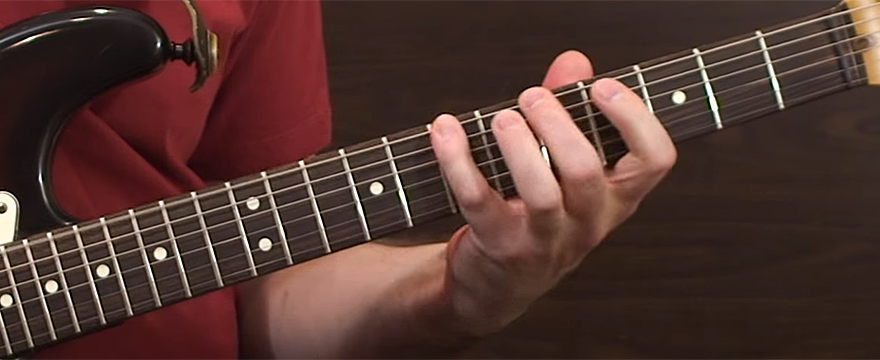The first step to building a solid foundation for music theory is to study the key signatures (see; Music Reading – Understanding Key Signatures). The musical keys are the bedrock for all other theory that musicians conduct. In this lesson, we will help students build toward the next level of understanding with the theory of key signatures – how they’re applied…
Q: I just purchased the, Pocket Music Theory Book, and I’m lost on the idea of using Key Signatures. Could you create a lesson that both explains and demonstrates key signatures? If I saw how melodies & chords are related from the Key Signature, maybe that would help me in figuring out what the big, ‘to do,’ is with them!
Henry – Valley Falls, RI. USA
A: Key Signatures are directly related to scales. That means, if you’re already familiar with the major scales (taught in all of the theory courses out there), your next step is to start into the world of gaining an understanding for the application of the notes found within the keys.
BUILDING UPON KEY SIGNATURE THEORY:
Major scales are essentially defined by the tonic, (the first note of the scale /Key-Note). In the case of a key signature being used within a song, when we say that the piece of music is in a certain key, what we’re really saying is that the bulk /majority of notes from our song (in relation to the series of other notes), are all diatonic to the key-note.
DIATONIC KEY SIGNATURES:
When a piece of music is “Diatonic,” the tones in use will all be from the established key signature. The key will be identified at the beginning of the staff (located between the clef sign and the time signature).
When a song is performed strictly within a diatonic sense, a collection of natural notes along with either sharps or flats (but never both when strictly diatonic), will be played directly in accordance to the indicated key signature.
Diatonic Key Signature Example: (Key of “D” Major)

APPLYING NON-DIATONIC NOTES:
We have just learned that when a song exists strictly within a certain key, it is said to be “Diatonic.” And, while it is common to play musical pieces that exist within one specified key, this does not mean that a song could not also contain “non-diatonic” notes or chords.
Non-diatonic notes or chords are ones that will be included in the song, but exist outside of the key signature.
When this occurs, non-diatonic notes are referred to as, “accidentals.” Generally, when accidentals are applied, they will only exist for a measure (or two) within the piece. When non-diatonic chords occur they are often referred to as, “Passing Chords.”
Non-Diatonic Key Signature Example:
(Key of “D” Major /with a Non-Diatonic tone of “C” natural in measure three)

KEY SIGNATURES and TONALITY:
The tonality of a song (whether the color of the piece is Major or Minor), is largely determined by the first note, or chord, in association with the last note, or chord of each of the songs sections.
NOTE: It is important to understand that a songs section; i.e., Introduction, or its Verse, or the songs Chorus… can each exist within different tonalities.
A songs Verse might be “Major Tonality.” But, the same songs Chorus might exist within the, “Minor Tonality.” The process of understanding how a musician comes to determine tonality operates around what is referred to as, “Cadence.”
NOTE: The meaning of the term “Cadence” relates to how a sequence of notes or chords come together to comprise the completion of a musical phrase.
DIATONIC HARMONY:
Key Signatures are not limited to designating which notes are natural, sharp or flat within the structure of a melody line.
The key signature also plays an important role with defining the harmony (chords). The structure of each chord type for each step of the associated scale /key is also determined by which notes are a part of the key signature.
CONCLUSION:
Building upon basic Key Signature theory all begins by first knowing your scales for all of the musical keys. Then, musicians must learn to identify the key signature when it is placed between the clef sign and the time signature.
Finally, musicians must work on skills for analyzing melodic passages and associating the harmony of the chords that are found upon every step of both the major scale as well as, the relative minor scale.
- Click the button below to download the lesson handout
(access to lesson material will require a FREE membership)
